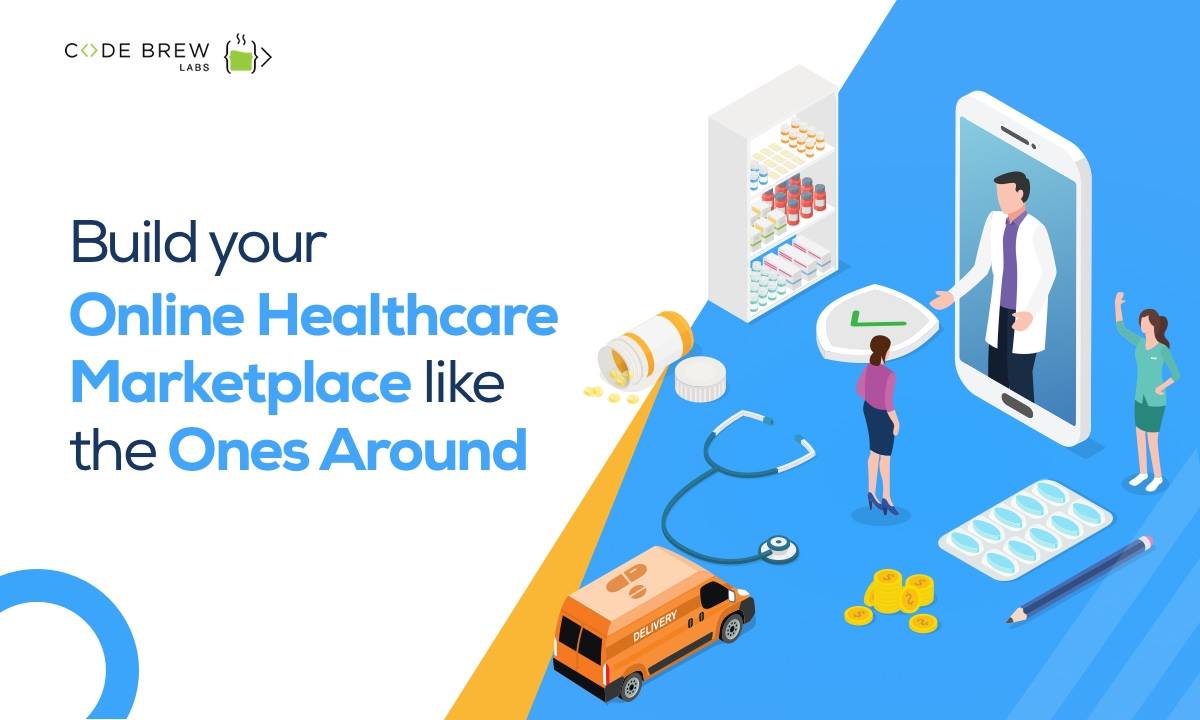How Subscription Based Healthcare is Revolutionizing Patient Accessibility to Services
How Subscription Based Healthcare is Revolutionizing Patient Accessibility to Services
Blog Article
How Subscription-Based Health Care Is Changing the Clinical Sector

The Increase of Membership Medical Care
In current years, the medical care market has actually experienced a significant change in the direction of subscription-based designs, showing more comprehensive consumer trends favoring convenience and predictability. This change is driven by the boosting demand for even more accessible and tailored treatment options. Registration medical care, sometimes referred to as attendant medication or direct health care, uses clients a set regular monthly cost for a variety of medical solutions, significantly altering standard fee-for-service models.
The increase of membership health care is facilitated by advancements in innovation, which make it possible for streamlined interaction between people and companies - subscription based healthcare. Digital systems and telehealth solutions have ended up being essential, supplying individuals the capability to set up visits, access medical documents, and receive examinations online. This technological integration not just boosts individual involvement yet additionally permits companies to provide more reliable care
Furthermore, the registration model lines up with the evolving assumptions of people that look for even more control over their medical care costs and experiences. While this model is gaining traction, its proliferation encounters challenges such as regulative hurdles and the requirement for wider acceptance within the conventional medical care environment.
Benefits for Patients and Companies
Subscription-based healthcare offers a wide variety of benefits for both individuals and service providers, reshaping the dynamics of treatment. For individuals, this model provides boosted access to health care services. With a foreseeable month-to-month charge, clients can enjoy endless assessments, reduced delay times, and personalized care. This plan often results in a much more positive approach to health and wellness management, permitting timely interventions that can avoid persistent problems from escalating. Additionally, the monetary transparency of registration designs lowers the unpredictability connected with typical fee-for-service payment, alleviating the burden of unexpected clinical expenses.
For healthcare companies, subscription-based designs cultivate an even more rewarding and sustainable technique. By securing a consistent revenue stream, carriers can concentrate on providing high-grade care without the pressure of volume-based service. This version urges longer person consultations, cultivating stronger patient-provider relationships and improving wellness outcomes. Furthermore, it offers carriers the adaptability to innovate and include all natural and preventative care practices. Administrative jobs are often structured, reducing overhead prices and permitting companies to devote more time to person communication. On the whole, subscription-based health care straightens the incentives of patients and companies, advertising a much more patient-centered and efficient medical care shipment system.
Key Features of the Model
Regularly, the vital features of the subscription-based medical care version emphasize its distinct approach to providing clinical services. Central to this design is the principle of foreseeable, month-to-month payments, offering patients a thorough series of services without the unpredictability of traditional fee-for-service structures. This model commonly consists of unlimited access to medical care solutions, preventive treatment, and regular check-ups, ensuring that clients can involve with their medical care providers proactively instead of reactively.
Additionally, check over here direct interaction networks, such as telemedicine and messaging systems, are stressed, allowing clients to receive timely recommendations and examinations without needing in-person consultations. This improves access and benefit, especially for people with movement constraints or those residing in remote areas. The model likewise promotes stronger doctor-patient connections, as healthcare companies are incentivized to focus on lasting health outcomes instead of short-term check visit site outs.
Moreover, subscription-based healthcare often incorporates technical innovations, such as electronic health records and health and wellness tracking applications, to supply reliable and tailored care. People take advantage of coordinated and constant treatment administration, which is customized to their particular health and wellness requirements. Inevitably, these features collectively create a patient-centered healthcare experience, focusing on availability, expense transparency, and preventative care.

Considerations and obstacles
While the subscription-based health care model supplies countless benefits, it is not without its factors to consider and difficulties. Registration models may inadvertently prefer those with higher socioeconomic status, possibly expanding disparities in health care access for lower-income individuals who may have a hard time with month-to-month charges.
One more obstacle depends on governing conformity. Subscription-based healthcare must browse an intricate internet of regulations that differ by area, consisting of concerns around individual discretion, data defense, and state licensing needs. Making certain conformity without hindering the version's versatility and technology can be intimidating for carriers.
In addition, there is the danger of overutilization or underutilization of services. Clients paying a repaired charge could overuse solutions, leading to raised functional prices, while others could underutilize due to fear of burdening the system, possibly neglecting needed care.
Future Leads and Innovations
The landscape of subscription-based medical care is poised for change with emerging innovations and progressing leads. As technology continues to breakthrough, the combination of expert system and maker discovering offers substantial possibilities to improve analysis accuracy and simplify person monitoring. Predictive analytics can transform preventative treatment by identifying possible wellness dangers before they manifest, therefore reducing both prices and the concern on medical care systems.
Furthermore, telemedicine is set to broaden within membership models, offering patients boosted access to health care specialists no matter geographical restraints. This not only helps with continuity of care however also encourages clients to engage more proactively in their health administration. Additionally, blockchain innovation supplies prospective in safeguarding client information and ensuring interoperability throughout systems, fostering depend on and openness.
The development of individualized medicine is one more frontier, with subscription models supplying an one-of-a-kind framework for supplying tailored health remedies. Hereditary testing and tailored therapy strategies can be seamlessly integrated, aligning patient needs with certain clinical interventions. Moreover, partnerships between technology business and health care suppliers are likely to generate ingenious options, improving individual experiences and results. As these leads emerge, subscription-based medical care has the possible to redefine exactly how care is delivered and accessed.
Conclusion
Subscription-based health care is transforming the clinical sector by using a more easily accessible, foreseeable, and patient-centered technique to medical solutions. This version improves patient-provider partnerships, makes sure economic transparency, and emphasizes precautionary care through endless assessments and telemedicine. In spite of challenges such as governing difficulties and possible disparities in accessibility, the subscription model holds promise for a much more reliable and tailored medical care experience. As innovation breakthroughs, further advancements are most likely to resolve existing obstacles and optimize medical care delivery.
Subscription medical care, click in some cases referred to as concierge medicine or straight key care, supplies people a fixed monthly charge for a range of medical solutions, substantially modifying conventional fee-for-service models.
In addition, the subscription design aligns with the developing assumptions of patients that look for more control over their medical care costs and experiences. For clients, this version supplies enhanced accessibility to healthcare services. Overall, subscription-based health care lines up the motivations of carriers and clients, promoting a more patient-centered and effective healthcare shipment system.
In addition, telemedicine is set to broaden within membership models, offering people increased accessibility to healthcare professionals no matter of geographical constraints. - subscription based healthcare
Report this page